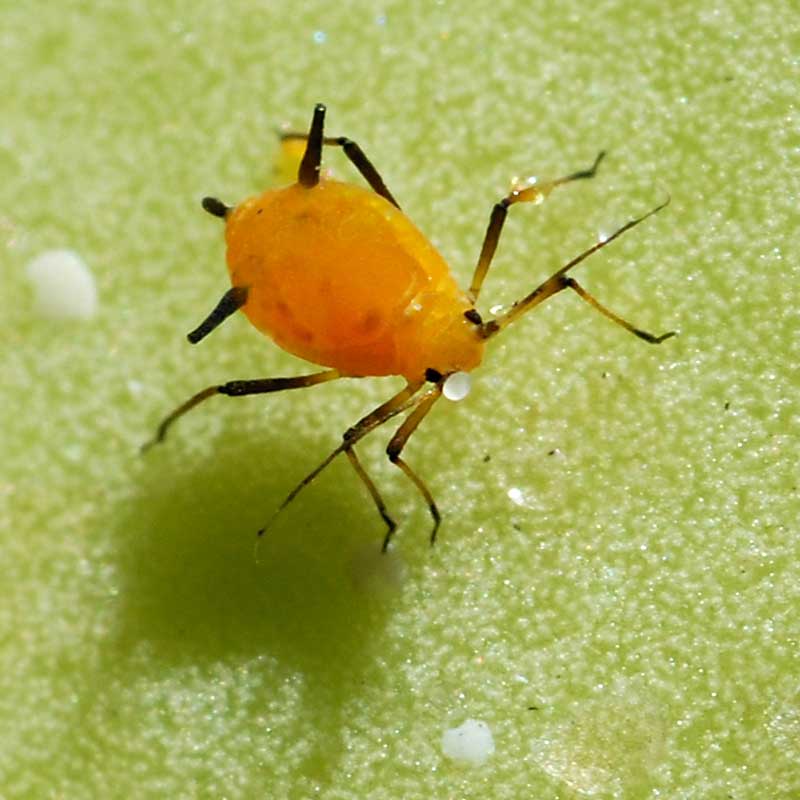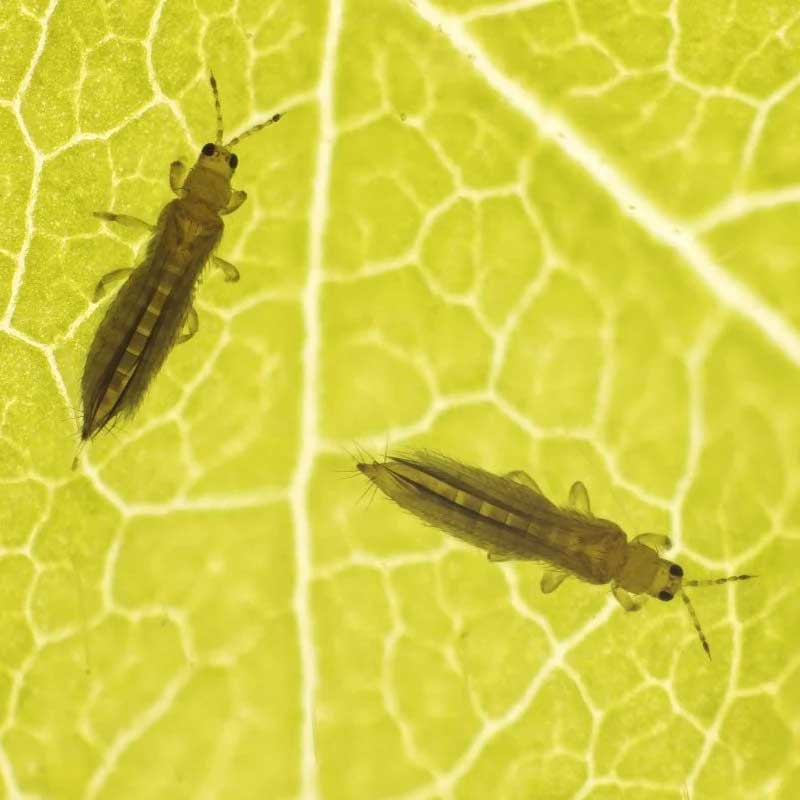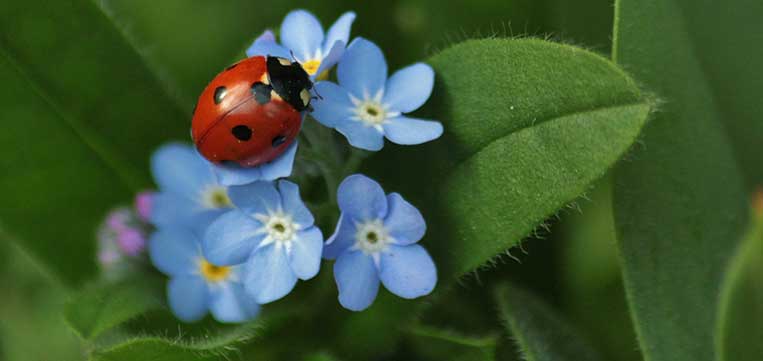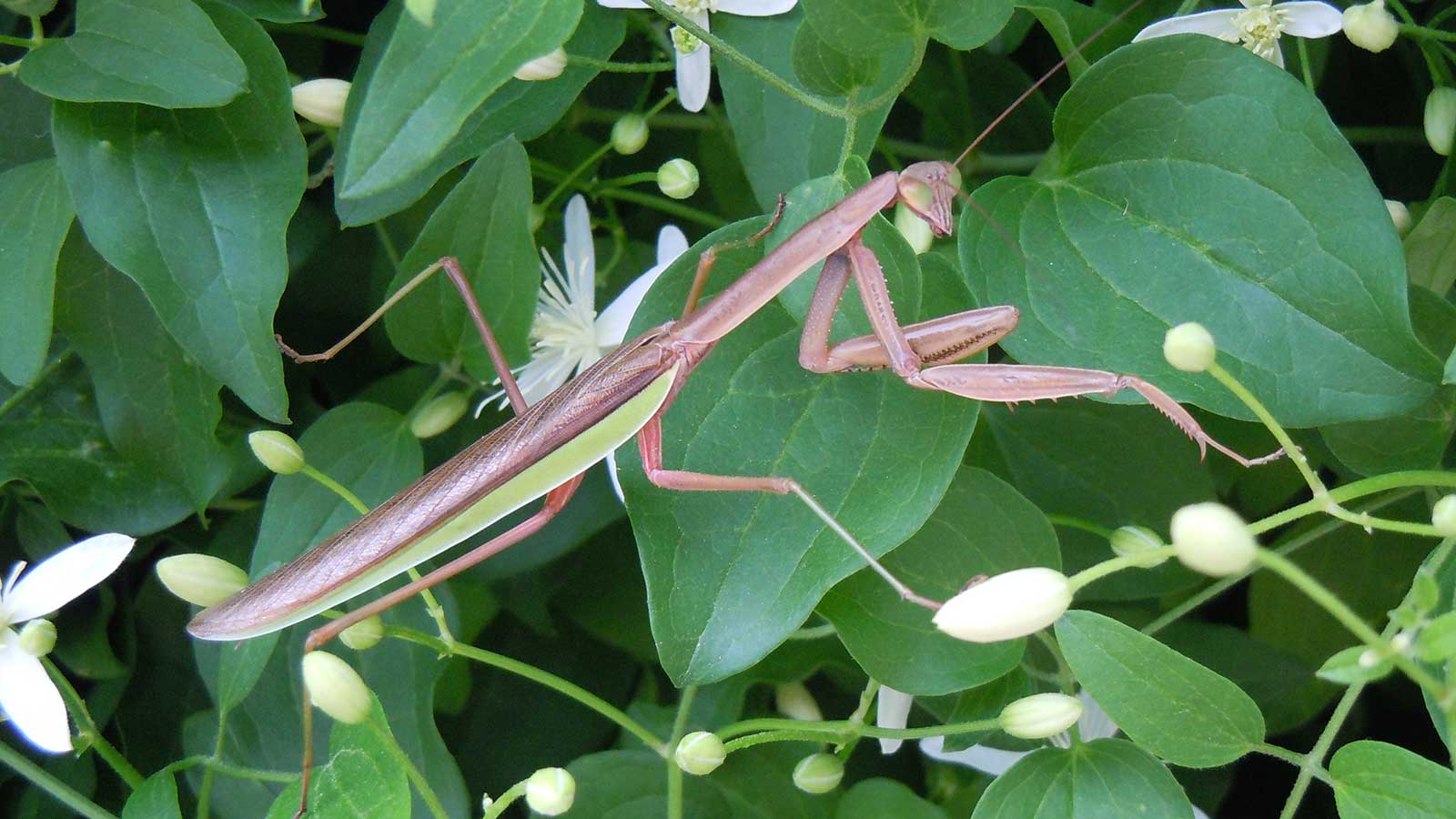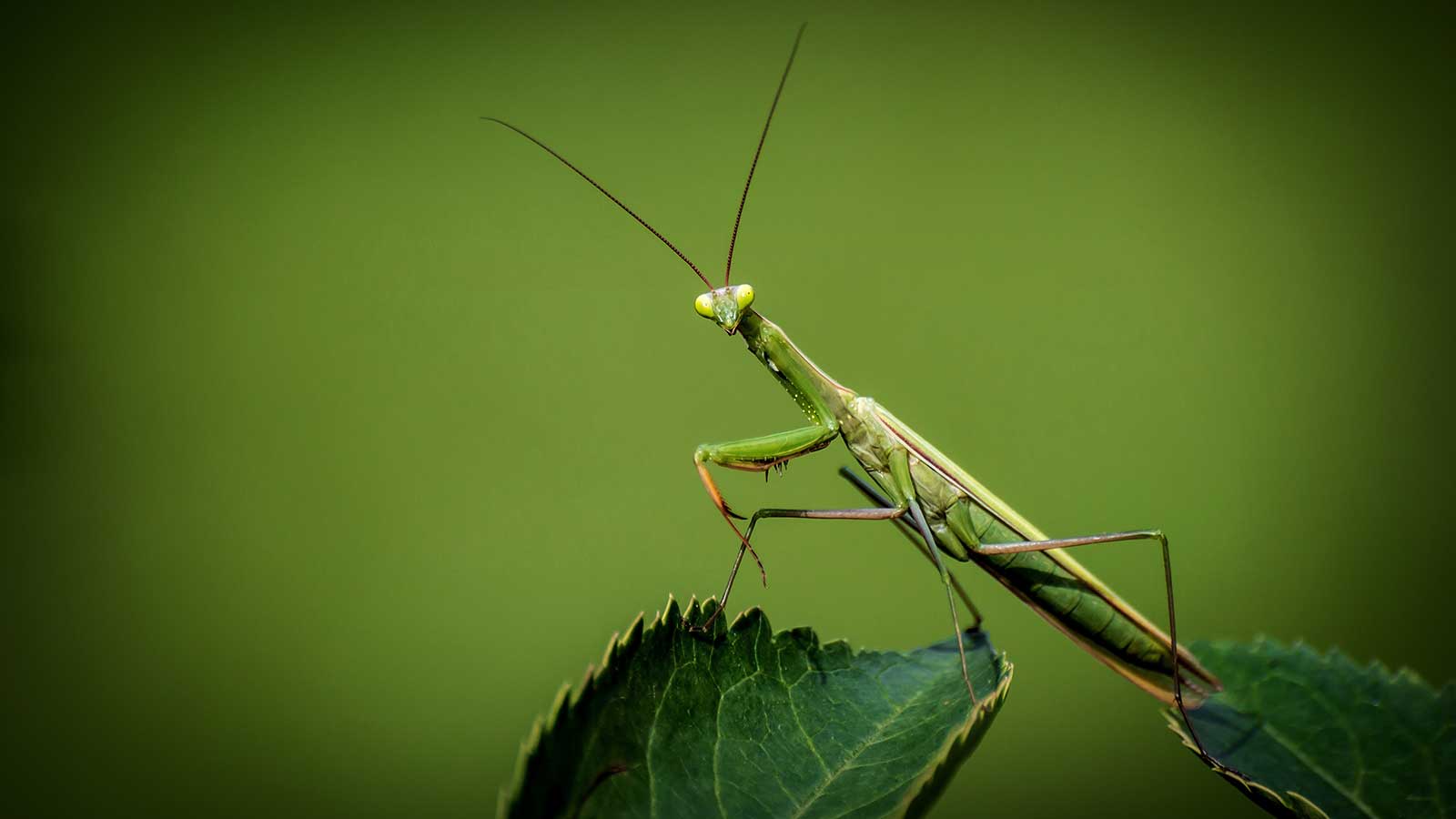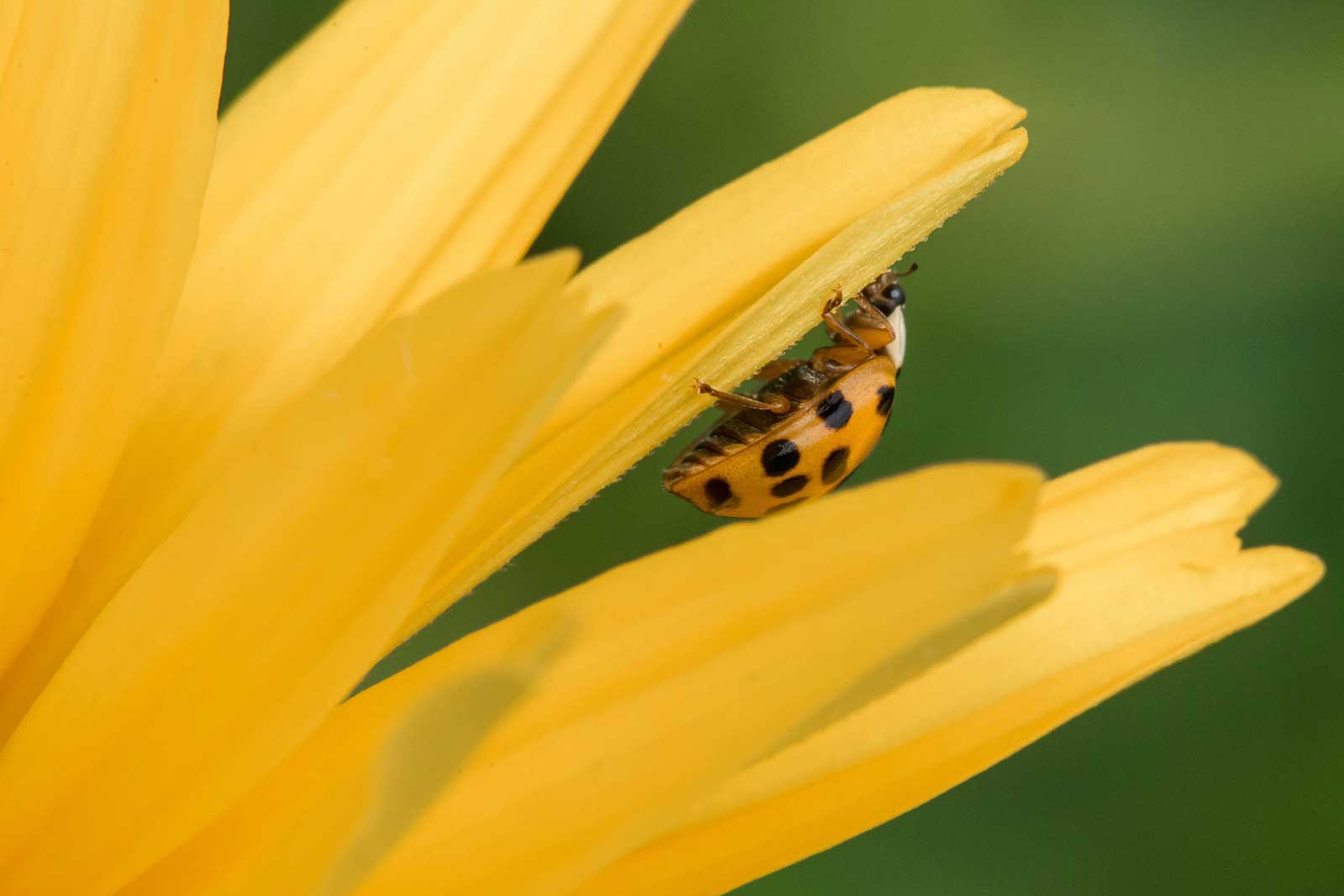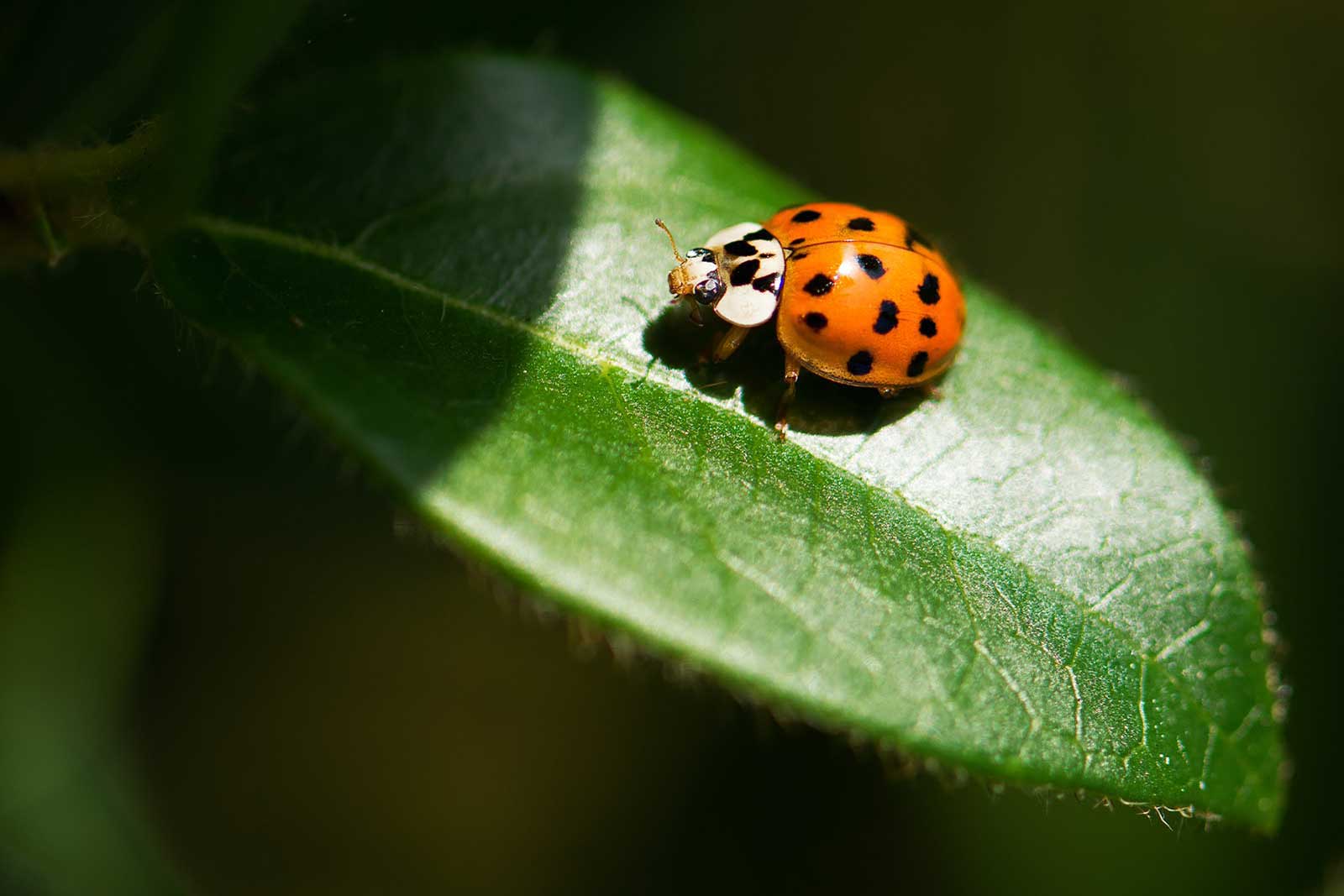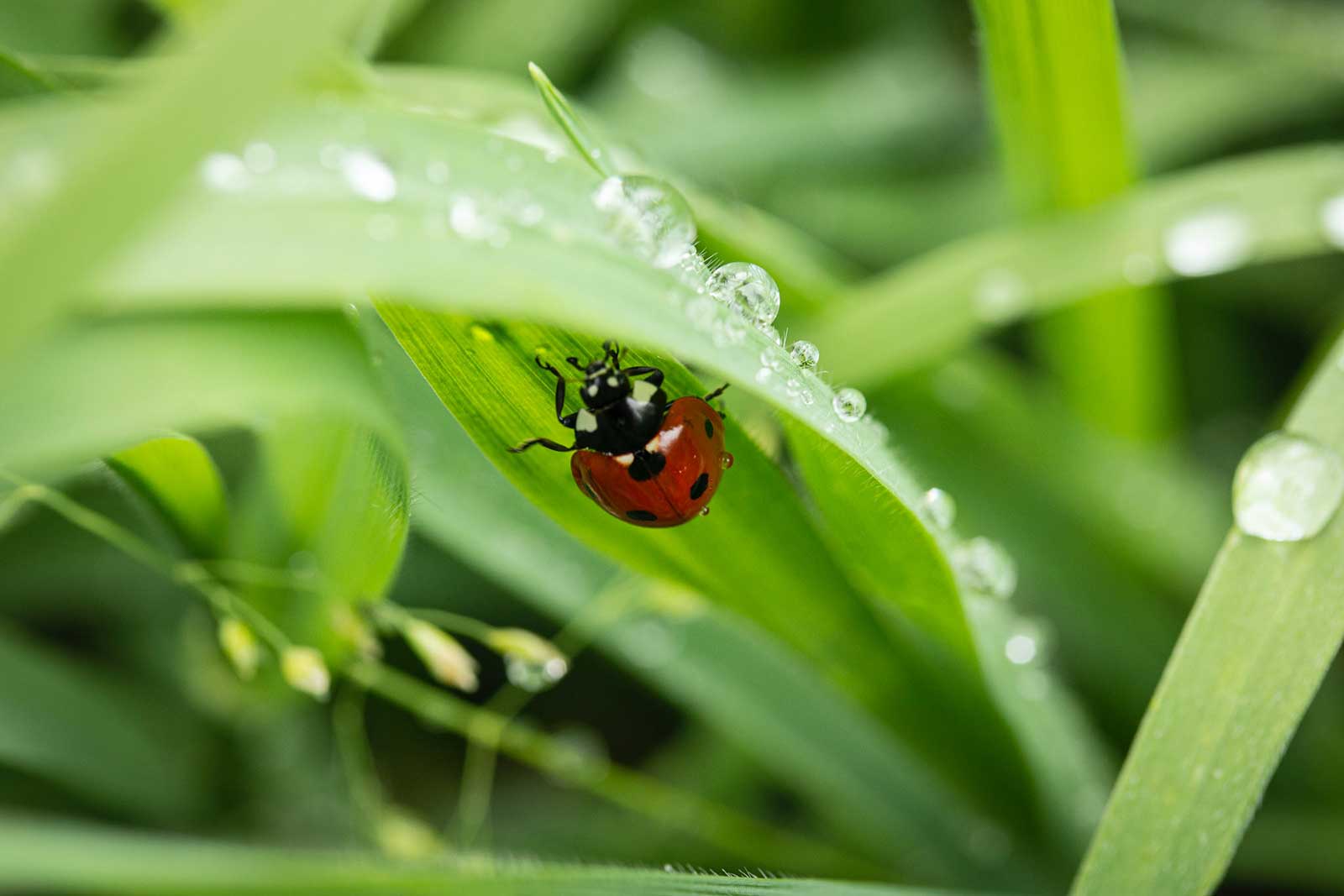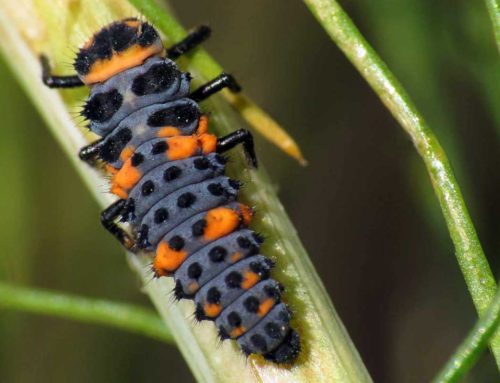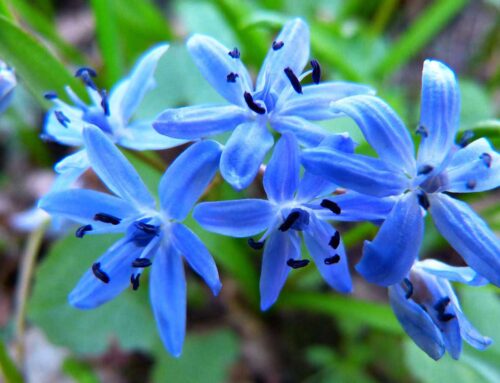How A Heatwave Affects Garden Pests

Sustainable Landscaping With Beneficial Insects
“As a society, we are bug-phobic. We have been taught that bugs in our garden are bad, but only about 3% of insects are potential bad guy bugs. The remaining 97% of insect species are neutral or beneficial for pollination and/or beneficial predatory insects that eradicate garden pests.”
As Bergen County goes into the dog days of summer, already experiencing an unusual number of heat waves with temperatures over 100; many of us are counting on our hoses, sprinklers and watering cans to keep their lawns green and gardens blooming.
While its been a trying time for us and our garden plants, the heat has been a blessing for many a garden pest. Each species of garden pest/insect has an ideal range of temperatures within which they complete their life cycles. All of them are essentially cold-blooded, which means they can’t produce their own body heat.
They instead let Mother Nature and the environment warm their bodies, allowing them to function and produce more offspring in less time. Two insects and one insect relative thereto you might notice (or more than likely notice the damage thereof) are thrips, aphids and spider mites. While the creatures themselves are small, they are all able to quickly build their populations in this building heat.
Heat-loving bugs
Aphids
There is a wide variety of aphid species, which feed on vegetables, garden plants, shrubs and trees. One thing aphid species have in common is a love of heat and an ability that is rare in the insect world: they give live birth. They also produce offspring without mating — a process rare among all animals. For most of the summer, female aphids give live birth to genetic clones of themselves. This allows them to grow their populations very quickly, which can become a problem for the plants they are feeding on.
Aphids damage plants in a few ways. They cause direct damage to plants as they use their straw-like mouthparts to suck juices from the plant. This can weaken the plant and cause leaves to distort. When the sap comes out the other end it can spell even more damage for plants. Aphids secrete a sticky substance called honeydew, which can get on the plant’s leaves and fruit, and then grow mold. This can be hard to remove from things like pumpkins. Finally, aphids can transmit diseases when they feed on a virus-infected plant then move on to feed on an uninfected plant.
Thrips
Thrips are not as well known as aphids, as they are smaller and quicker-moving. Thrips feed similarly to aphids, as they puncture cells and feed on plant juices. Their mouthparts are a bit rougher on the leaf, resulting in feeding leaving behind small, discolored flecks or silver patches on leaves.
During periods of hot weather, they move onto whatever is juicy and well-watered in the landscape, meaning they can land in our gardens. Like aphids, they reproduce quickly (though do not give live, virgin birth)
Spider Mites
The final creature in our heat-loving triad is the two-spotted spider mite. Mites are more closely related to spiders than insects, having eight legs and sometimes spinning silk netting around the areas where they are feeding. Spider mites generally feed on the underside of leaves, puncturing cells and feeding. This damage can appear as small brown or yellow areas on the leaf but, if feeding is severe, the whole leaf can become brown and crispy. Their ability to reproduce quickly under hot conditions (>90°F) means populations may be booming in some Minnesota gardens.
So, what to do about garden pests?
The first instinct for all these pests might be to spray something, but this is almost never a good solution in the home garden. These small insects are primarily controlled by other insects, and many pesticides aren’t selective in what bugs they kill. Becauase there are many more thrips, aphids, and mites in other neaby properties and gardens, right after you spray, it is almost guaranteed that more migrate and move into your garden; and now they can reproduce unchecked by predatory insects, which are overall fewer in number because your pesticide spray killed them to.
The overall best strategy for dealing with these pests is to increase the number of beneficial insects in your landscape.
Beneficial Insects In The Garden
Praying Mantids
The praying mantis is a beneficial insect that preys on insect pests in the garden, including the Spotted Lanternfly, making it a welcome garden visitor by controlling garden pests in a natural way, thereby helping to maintain a healthy ecological balance in the garden. Since their color provides adequate camouflage within foliage or shrubbery, it is easy for them to go unnoticed as they stalk their prey. Praying Mantids are an ideal way to control insect pests in the garden without the use of harmful chemicals – a single praying mantis will eat hundreds of insects per season.
Before you add a praying mantis to your garden, make sure it’s the right one. Several species of praying mantises are marketed and sold as beneficial garden predators, but only buy our native species, Stagmomantis carolina, the Carolina mantis. Why? Because the other, imported species of praying mantises aren’t reliable predators of the garden pests we want to eradicate.
Praying Mantid Release by Michael Kolenut, founder of Lincoln Landscaping into his garden beds. In his video you’ll see lady bugs and praying mantis released into my garden. The adventure turned into a family celebration, as we watched them climb up each plant, looking for aphids, mites, caterpillars and such. These bugs of prey are referred to as beneficial’s, and have names like assassin bugs. I am willing to try anything within reason to reduce my exposure to pesticides.
Ladybugs (Coccinellidae)
Ladybugs are the iconic beneficial insect. You can count on them to help control soft-bodied pests in your vegetable garden or landscaped bed within a variety of climates. Lady bugs prefer to eat aphids and will devour up to 50 a day, but they will also attack scale, mealy bugs, boil worms, leafhopper, and corn ear worm. They dine only on insects and do not harm vegetation in any way.
Lady bugs should always be released after sundown since they only fly in the daytime. During the night they will search the area for food and stay as long as there is food for them to eat. The more they eat the more eggs they lay and the more insect eating larvae you will have. It is best if the area has been recently watered. Ladybugs tend to crawl up and toward light. So release them in small groups at the base of plants and shrubs that have aphids or other insects, and in the lower part of trees. Give your plants a light misting of water before the release.
Practice Sustainable Land Care
Implement biological pest control with the addition of beneficial predatory insects to any garden and landscape bed. Practicing sustainable landscaping by releasing beneficial insects provides an excellent learning opportunity for children to learn how Mother Nature naturally builds an eco-system and at the same time reduces the need for chemicals and/or pesticides usage. Beneficial insects are insects that perform valuable tasks to sustain an ecosystem, such as pollination and pest control. Many people perceive all insects as pests, but insects are vital to their ecosystems. In addition to pollination and pest control, many insects provide soil fertilization or food for other insects and animals.
Maintaining healthy landscaping, trees, shrubs, and other plants often requires work and labor from either the owner or a tree and plant health care specialist. But one method is to let insects do the job instead. Beneficial insect release has become an increasingly popular method for homeowners to maintain their gardens and landscapes in a natural, sustainable way.
One of the primary benefits of using beneficial insect release is that the process avoids chemical pest control methods such as pesticides. While pesticides are effective at controlling and eliminating pests, some plants and beneficial insects like bees can be affected negatively. Beneficial insects are a natural, organic, and environmentally sustainable way to control pests. Many insects have also shown to have growing resistance to pesticides. Predator creatures avoid that issue entirely.
Beneficial insects also fit into the larger goal of integrated pest management: to control pests while preserving the natural environment and ecosystem as much as possible. Nature has many self-regulating elements, and predator insects are one element from which humans and landscapes can benefit. A fantastic means and educational tool with which to teach young gardeners and children about Mother Nature and green gardening practices.
At Lincoln Landscaping cultivating the environment is our life and livelihood. It is our number one goal to help our clients create and maintain beautiful landscapes while reducing the impact on the environment. Whether you are interested in a pollinator landscape garden design and build or other landscaping or property management project; we can create for you an environmentally friendly, organic and beautiful property.
Yua Tah Hey (A Navaho Greeting) my organic friends.
Lincoln Landscaping of Franklin Lakes offers complete
organic landscaping, lawn care, turf and property management services.
Lincoln Landscaping “The Natural Choice”
Mike Kolenut President & CEO
https://lincolnlandscapinginc.com
(201) 848-9699

